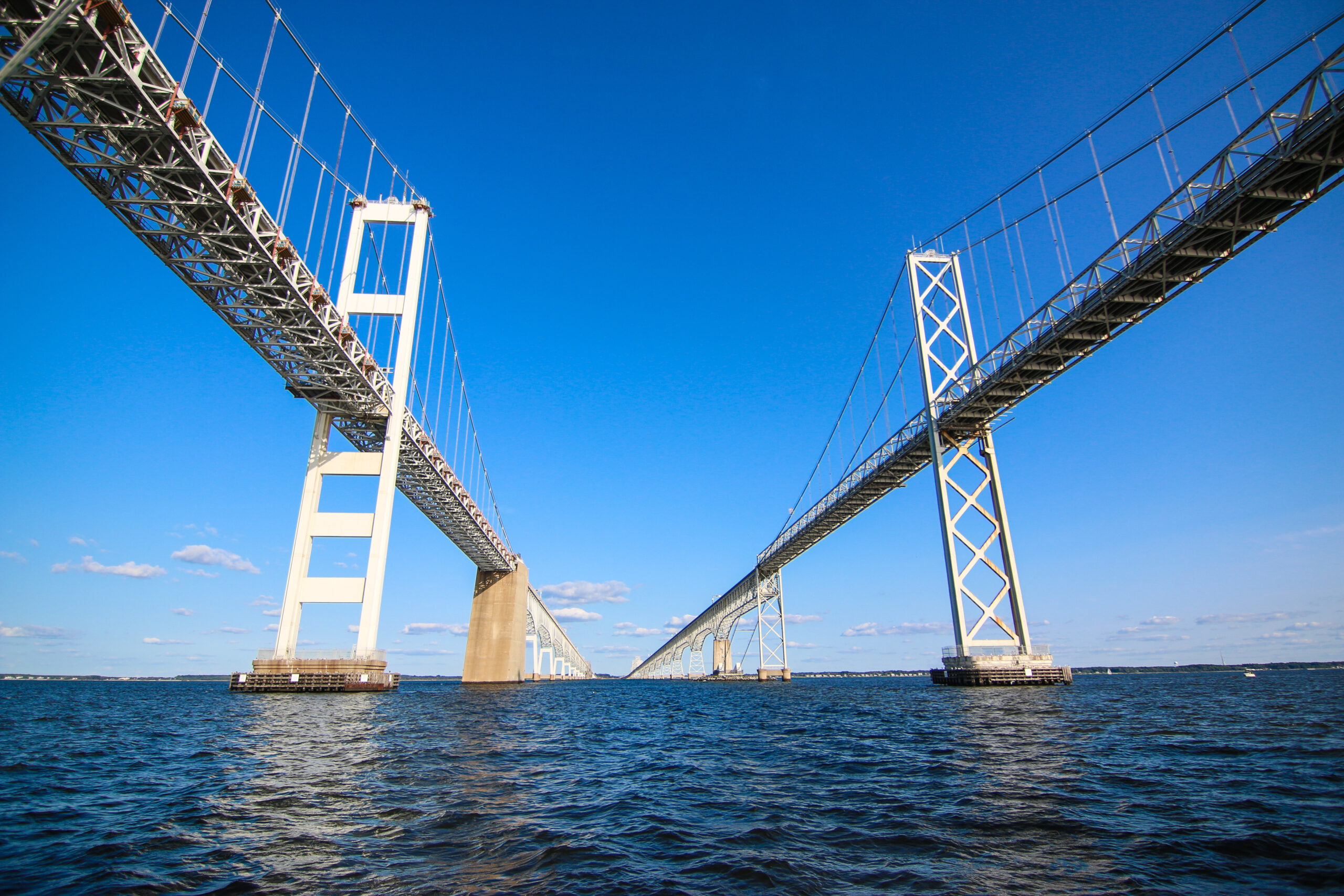Back in the early 1980s when the U.S. Environmental Protection Agency unveiled the results of a five-year, $27-million study detailing the environmental damage sustained by the Chesapeake Bay, it wasn’t difficult to summon public outrage and media attention for the nation’s largest estuary, the cradle of much-loved blue crabs, rockfish and oysters. The threats to the bay quickly became common knowledge: the excess nutrients drained from the six-state watershed that caused so much of the harm; the toxic runoff from cities, suburbs and farms; the growth of algae blooms and “dead zones” where aquatic life could not survive; the damage from erosion and siltation. Advocacy groups gained new relevancy and a multi-state pact with the EPA was signed (and periodically updated with specific pollution goals).
Opinion: Chesapeake Bay cleanup misses the mark
October 14, 2022
